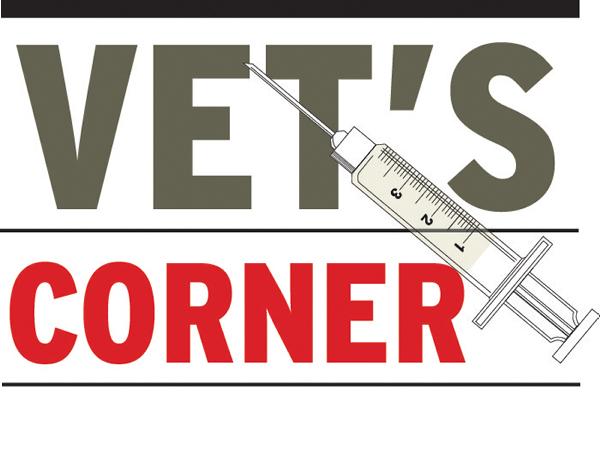
LOYALTY CODE:
The paper code cannot be redeemed when browsing in private/incognito mode. Please go to a normal browser window and enter the code there

LOYALTY CODE:
The paper code cannot be redeemed when browsing in private/incognito mode. Please go to a normal browser window and enter the code there
This content is copyright protected!
However, if you would like to share the information in this article, you may use the headline, summary and link below:
Title: Iodine deficiency
Signs of iodine deficiency include thyroid enlargement, late-gestation abortions and stillborn or weak calves and lambs that are unwilling to suck.
https://www.farmersjournal.ie/iodine-deficiency-249344

ENTER YOUR LOYALTY CODE:
The reader loyalty code gives you full access to the site from when you enter it until the following Wednesday at 9pm. Find your unique code on the back page of Irish Country Living every week.

CODE ACCEPTED

You have full access to farmersjournal.ie on this browser until 9pm next Wednesday. Thank you for buying the paper and using the code.

CODE NOT VALID
Please try again or contact us.
For assistance, call 01 4199525
or email subs@farmersjournal.ie
Sign in

Incorrect details
Please try again or reset password
If would like to speak to a member of
our team, please call us on 01-4199525
Reset
password
Please enter your email address and we
will send you a link to reset your password

If would like to speak to a member of
our team, please call us on 01-4199525
Link sent to
your email
address
![]()
We have sent an email to your address.
Please click on the link in this email to reset
your password. If you can't find it in your inbox,
please check your spam folder. If you can't
find the email, please call us on 01-4199525.
![]()
Email address
not recognised
There is no subscription associated with this email
address. To read our subscriber-only content.
please subscribe or use the reader loyalty code.
If would like to speak to a member of
our team, please call us on 01-4199525
 This is a subscriber-only article
This is a subscriber-only article
Update Success !

This year, herds in our practice have recorded lower than expected iodine levels. The classical sign of iodine deficiency is thyroid enlargement or goitre seen in young animals. Other signs noticed on farm may include late-gestation abortions, stillborn or weak calves and lambs that are unwilling to suck, more assisted births and increased neonatal mortality.
Iodine deficiency in cattle and sheep is also associated with reduced fertility, growth rates and milk yield. Cows deficient in iodine can also be more prone to retained placentas. If you are having issues with any of the above, contact your vet for a discussion. Submission of samples to the lab will aid a diagnosis and rule out infectious causes.
Severe goitre in calves/lambs will be detectable on exam by your vet or at your local vet lab. More subtle cases may require further investigation, comparing soil and forage analysis in conjunction with animal blood samples.
If these are not available, which is often the case, blood samples taken by your vet can give a snapshot of iodine levels at the time of sampling. Interpretation of iodine status can be multifaceted – your own vet is best suited to interpret and advise based on their knowledge of your herd/flock, area and annual changes.
Iodine deficiency can be primarily occurring where low iodine in the soil leads to reduced iodine in grass and forages. It can also be secondarily occurring due to ingestion of goitrogens found in certain brassicas and legumes, for example fodder beet, kale, rape or white clover.
Selenium is required to activate thyroid hormone and thus selenium deficiency may lead to secondary iodine deficiency. When sampling for iodine, we would usually test selenium levels also.
Methods of supplementation include drenches, boluses, painting 5% tincture of iodine on the flank skin fold, inclusion in concentrates, blocks, licks, and medicated water supply. Some of the above products deliver a cocktail of trace elements and vitamins also. Before using any of these products, it is advisable to identify exact deficiencies on the farm and supplement only according to specific need. Discuss this with your vet.
It is advisable to monitor all trace element levels on a regular basis. The availability of trace elements can change annually depending on weather, reseeding, liming, etc. Where routine supplementation is practiced, monitoring levels in stock is necessary to check that the level of supplementation is adequate. A monitoring programme should be drawn up with your vet as part of a health plan.
Kieran Devaney works at Ormonde Veterinary, 14 Barrack St., Kilkenny. Ormonde Veterinary is part of XLVets. XLVets is a group of progressive practices who are working together to achieve a better future for agriculture and veterinary in Ireland. For further information go to www.xlvets.ie.
SHARING OPTIONS: